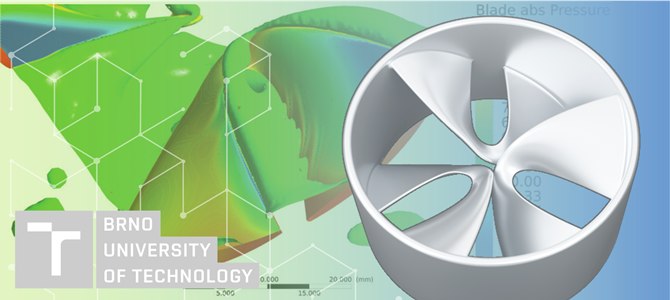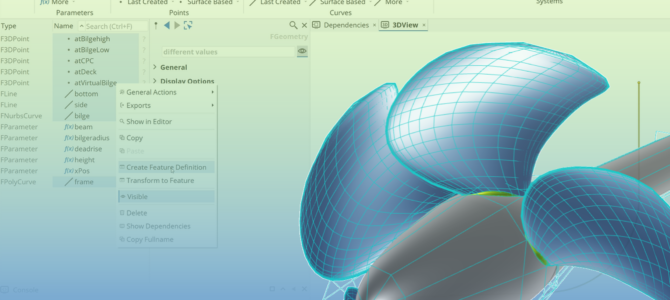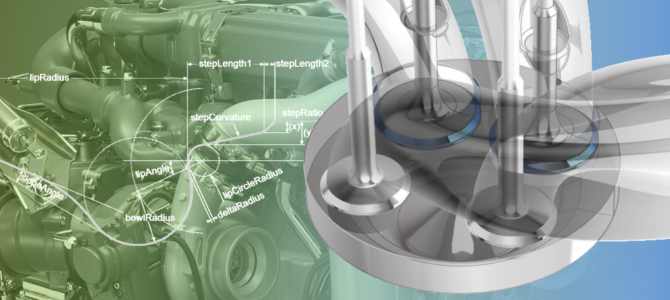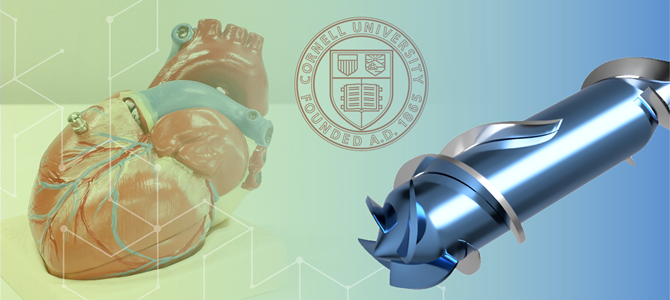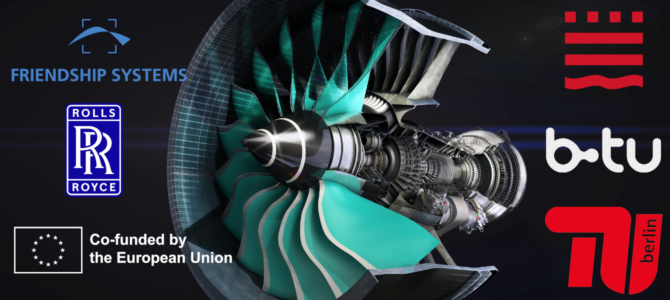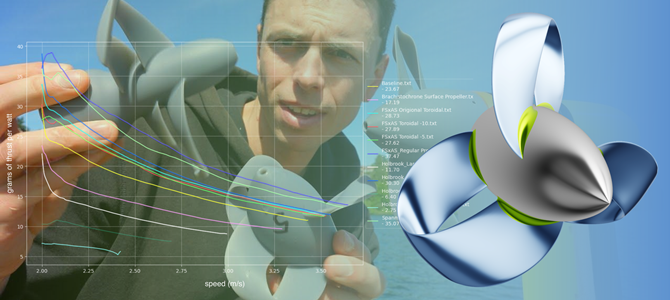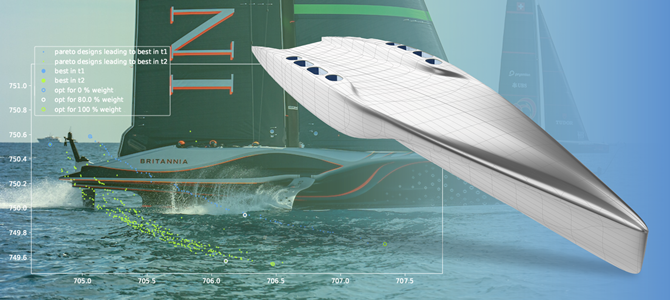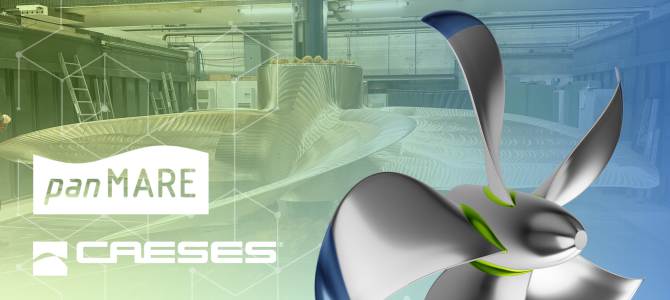Engineering design has evolved from hand-drawn sketches and wooden splines to CAD, parametric modeling, simulation-driven design, and now Generative AI. Each shift expands creativity, accelerates exploration, and enhances decision-making, transforming engineering into a more intelligent, data-driven, and human-centered process.


